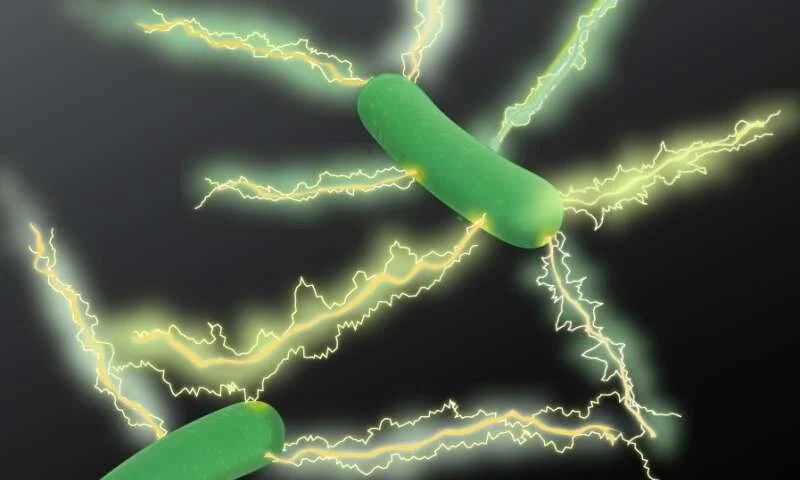Energy Innovations: Nanowire Natural Electricity
It sounds like science fiction but it is true: a continuous flow of electricity can be generated out of thin air, using the moisture that is naturally in air everywhere in the world - even in deserts.
Researchers at the University of Massachusetts in Amherst discovered years ago that certain microbes that live in muddy water have filiments that conduct electricity. Now they’ve made a thin film of these ‘protein nanowires.’ NATURE published the paper detailing the new use of nanowires in February 2020. The researchers wrote:
Here we show that thin-film devices made from nanometre-scale protein wires harvested from the microbe Geobacter sulfurreducens can generate continuous electric power in the ambient environment…We find the driving force behind this energy generation to be a self-maintained moisture gradient that forms within the film when the film is exposed to the humidity that is naturally present in air.
The video below, from AMAZE LAB, explain the potential of the discovery to revolutionize the production of energy
A protein found in nature makes it possible to generate electricity out of the air, pioneering a new form of green energy.
This video shows how nanowires on bacteria that is found in sewer water can be used to both clean up the toxic waste, as well as generate electricity for other uses:
And, if you want to purify your own community’s wastewater, this video from EURONEWS shows how to use the electrical bacteria. Do try this at home!
CrayoNano AS introduces a hybrid material with unique properties. This is obtained by growing semiconductor nanowires on graphene.
Finally, if you just can’t get enough of nanowires but find waste-eating bacteria kind of disgusting, check out this video from CrayoNano AS, which has figured out how to grow semiconductor nanowires by shooting chemicals at graphene.
The same microorganism, Geobacter, is also used to clean up toxic waste. In this video, UMass Amherst's Distinguished Professor Derek Lovley, who discovered the electric bacteria 30 years ago, talks about his discoveries and explains how Geobacter nanowires work. Visit www.umass.edu for more.
Harnessing bacteria that produce electricity and break down organic waste, a European research project is developing a new, environmentally friendly way to p...
What’s Graphene?
This Planet has a video about that. It features the Energizer Bunny, check it out.



